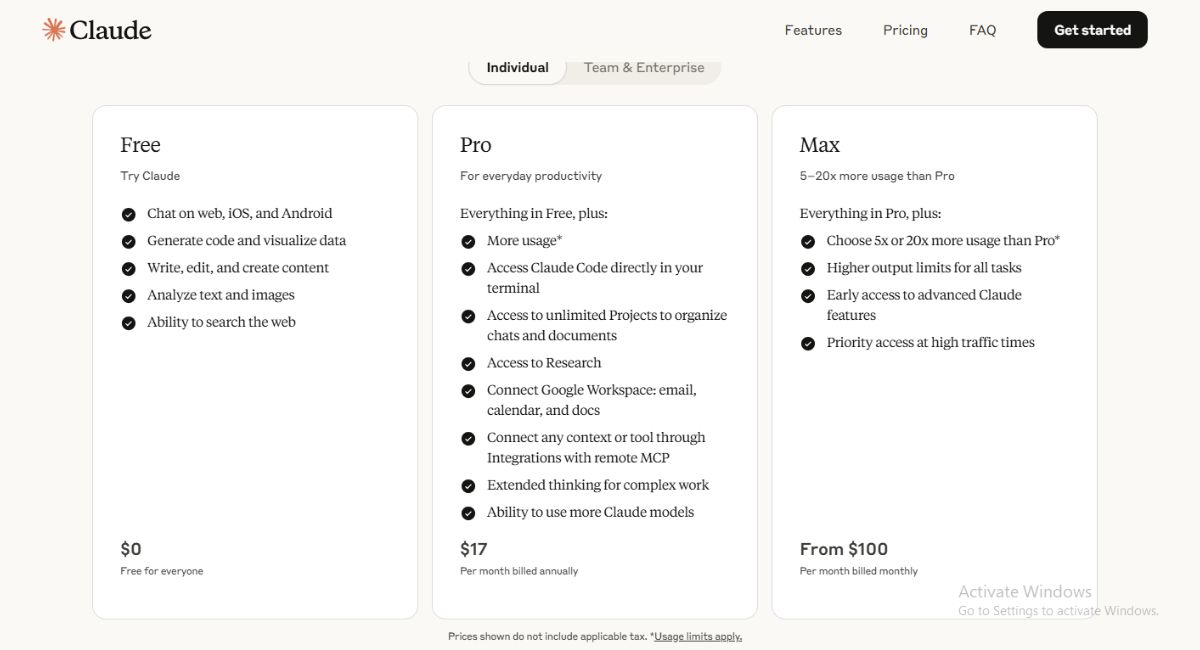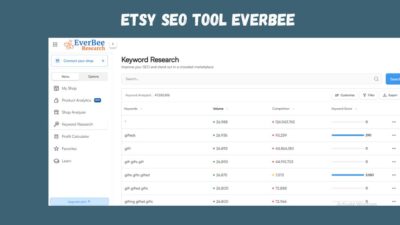Technical writing has changed forever. With the rise of artificial intelligence, writers now have smarter tools at their fingertips. In the USA, many professionals are looking for the best ai tools for technical writing that help them work faster and produce better content. These tools can support everything from research and writing to grammar checking software and even image editing for documentation.
Let’s explore how this shift is shaping the future of technical documentation tools, and which ai tools for technical writing can help you succeed.
What Is Technical Writing in the AI Era?
Technical writing isn’t just about manuals and reports anymore. Writers now use AI to create user-friendly content. They build help centers, document APIs, and support knowledge-sharing with smarter tools. These tools improve content structuring with AI and ensure the tone stays clear and accurate.
Thanks to AI, writers no longer spend hours rewording content. AI writing optimization lets them get suggestions in seconds. Tools like AI writing assistant and AI-powered summarizer help save time and produce consistent work.
Why Are Technical Writers Embracing AI?
Across the USA, tech writers are dealing with large volumes of documentation. They must update user manuals, developer guides, and internal instructions constantly. AI helps by automating these tasks. It handles repetitive steps like grammar fixes, format changes, and structure updates.
This is why so many writers are excited about how to improve technical writing with AI. These tools reduce mental load and let writers focus on the content’s logic. With AI, you can build better technical documentation tools that meet compliance rules and user needs.
How AI Transforms the Technical Writing Process
AI touches every step of writing process. It help us with outlining, drafting, editing, and publishing. Smart Tools like Claude and Jasper provide smart suggestions, restructure sentences, and even assist with multilingual documentation. You can create cleaner, faster, and smarter content.
With features like AI suggestions for documentation, writers get help with clarity, tone, and accuracy. Plus, AI detects errors that are easy to miss, making the content better for both tech and non-tech readers. It simplifies compliance in tech writing and speeds up the documentation review process.
10 Best AI Tools for Technical Writing in 2025
Here’s a breakdown of tools helping USA-based tech writers produce outstanding work in 2025.
| Tool | Key Features | Use Case |
| Document360 (Eddy AI) | Outlines, meta descriptions, summaries, glossary generation | Tools like Eddy AI vs ChatGPT for full-suite writing support |
| Grammarly | Tone adjustments, spelling fixes, custom dictionary | Grammarly vs Claude AI for writers in grammar checking |
| Claude AI | Smart tone, clarity suggestions, summary generation | Human-like AI writing assistant |
| Canva | Visual charts, screenshots, diagrams | Top visual documentation tools for writers |
| Perplexity AI | Fast research and summaries | Great AI research assistant for technical writers |
| CopyScape | Originality and duplicate checks | Top plagiarism checker tools for tech content |
| Scalenut | Topic clusters, keyword mapping | Best SEO tools for technical content |
| Writesonic | Templates and automation | Helps with how to rewrite technical articles with AI |
| Notion AI | Clean writing workspace | Easy knowledge base writing |
| Jasper AI | Long-form content creation | AI tools for writing product manuals |
AI in Specialized Platforms: ClickHelp, Acrolinx, and More
Some platforms go beyond simple tools. ClickHelp has features like AI to create knowledge base articles and built-in review systems. Acrolinx ensures tone and terminology stay consistent across large teams. These platforms are often used in regulated U.S. industries like finance and healthcare.
How to automate document formatting with AI becomes easy with these platforms. You can manage templates, generate documents, and use technical glossary generator features. Everything stays organized and professional.
How to Add AI tools for technical writing Workflow
Start small. Add a grammar checking software like Grammarly to your daily writing. Then try AI for document generation using tools like Jasper or Writesonic. These fit into most existing workflows without needing a major change.
Once comfortable, try combining tools. Use screen capture for documentation in Canva, research topics with Perplexity AI, and finish the content with Scalenut’s SEO tools. It’s all about building your perfect stack for smart writing.
Limitations and Ethical Considerations
AI tools for technical writing are powerful, but they aren’t perfect. They can produce biased or unclear content. However, while AI writing assistant tools can help a lot, you still need human editing. Always double-check the facts, context, and tone.
Writers should also use a plagiarism check for tech writers to ensure content is original. Tools like CopyScape help keep things clean. Trust is key. Don’t rely too much on AI, especially for complex or regulated documents.
Future Trends in AI-Powered Technical Writing
In the USA, we’ll see smarter AI assistants that understand industry terms. Future tools will use API documentation tools to directly pull data from platforms and automate document generation. Real-time content updates will soon be common.
Also, tools will improve in writing style improvement, tone detection, and multilingual documentation. Writers will use AI research assistant tools that pull from live data, not just pre-trained models.
Final Thoughts:
AI tools make life easier for technical writers. They help with speed, clarity, and AI writing optimization, but don’t replace human thinking.
The top ai tools for technical writing in 2025 are here to stay. Just make sure you control them, not the other way around.




